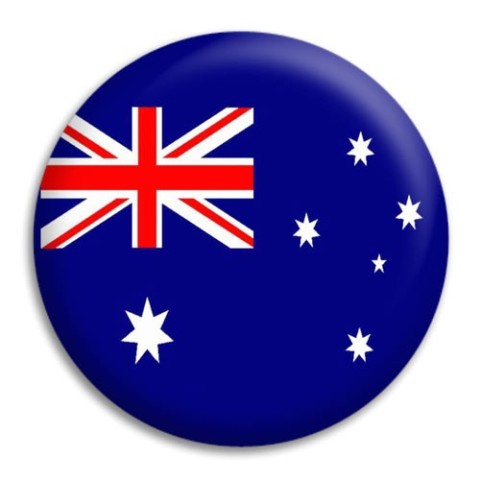Corrections to Australian Government’s Prostheses List have Reimbursement Implications
有任何问题?向我们的专家获取相关信息
联系我们2016年 7月 1日
The Australian Department of Health recently issued several corrections to its list of prosthetic medical devices used to determine reimbursement rates from private health insurers in the country.
 According to the Department of Health’s Private Health Insurance Branch, corrections were necessitated due to various omissions, errors and technical issues in the February 2016 update to the Department’s Prostheses List.
According to the Department of Health’s Private Health Insurance Branch, corrections were necessitated due to various omissions, errors and technical issues in the February 2016 update to the Department’s Prostheses List.
Australian authorities reissue the prostheses list every February and August; private insurers must pay mandatory benefits for any device included in the list. As Emergo reported in late 2015, the government’s prostheses list reimbursement requirements and arrangements constitute a major part of Australia’s private insurance industry, so any changes or corrections to the list potentially impact insurance providers as well as prosthetic device manufacturers selling to private healthcare providers.
Broader reform effort
The recent correction of the prostheses list occurred during a broader reform effort by the Australian government. Beginning in February 2016, the Department of Health formed an industry working group charged with exploring ways to reform prosthetic device listing and pricing processes.
The working group was tasked with identifying ways to boost transparency of prosthetic device pricing and reimbursement processes, as well as related issues regarding how prosthetic devices are chosen for inclusion on the Prostheses List.
Following the working group’s final report, the Department of Health set about establishing a Private Health Sector Committee (PHSC) to advise on design and implementation of private health insurance sector reforms. The Department also undertook remaking of the Prostheses List Advisory Committee (PLAC) to improve listing and reimbursement practices for the Prostheses List in particular. The government anticipates a two-year time frame for its reform efforts.
作者
- Stewart Eisenhart